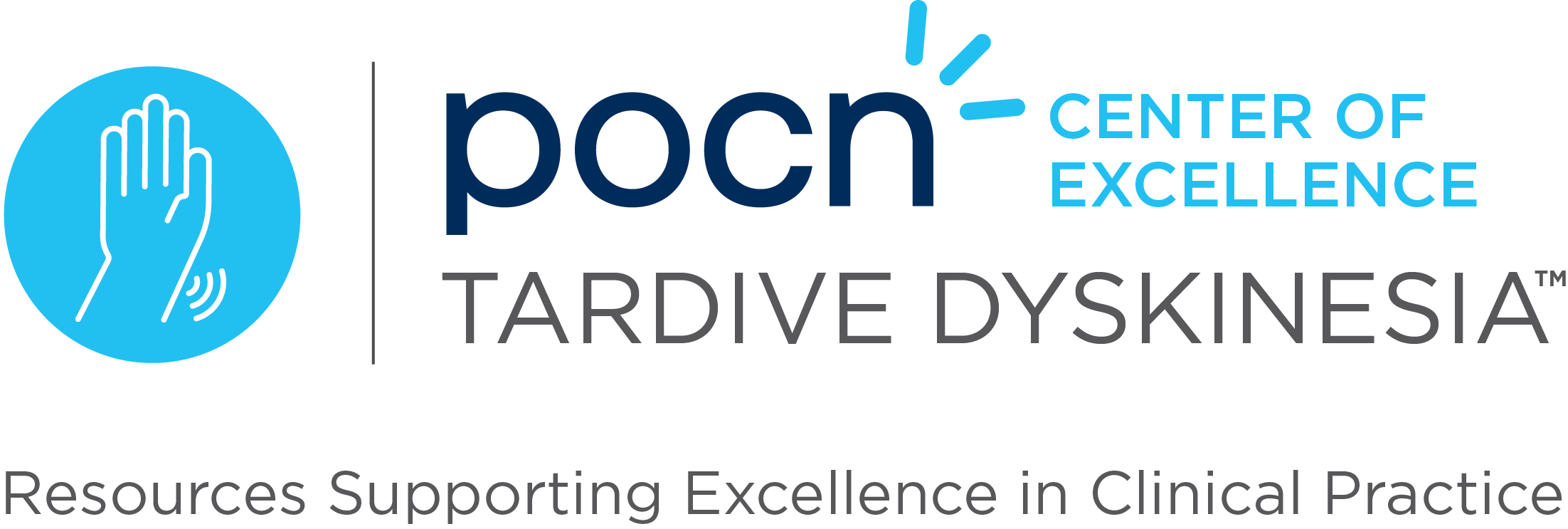Researchers of a recent study explored the diagnostic and treatment fundamentals of tardive dyskinesia (TD), a condition characterized by involuntary movements in various parts of the body, such as the tongue, lips, face, trunk, and extremities. TD occurs in patients who have been on long-term treatment with dopamine antagonist medications, and the condition can have a significant impact on a person’s functioning and may lead to social stigma. Unfortunately, TD is often irreversible once it develops, making early and accurate diagnosis crucial. Researchers advise that clinicians should be aware of the patients who are at higher risk for TD and should use tools like the Abnormal Involuntary Movement Scale (AIMS) for assessment. Patients and their caregivers should also be educated about the risks associated with antipsychotic medications and the early signs of TD. New treatments for persistent TD, such as deutetrabenazine and valbenazine, have been approved by the FDA. It is recommended that clinicians conduct baseline assessments using the AIMS before initiating treatment and regularly monitor patients using follow-up assessments.
Reference: Correll CU, Citrome LL. Diagnostic and treatment fundamentals for tardive dyskinesia. J Clin Psychiatry. 2021;82(6): doi:10.4088/JCP.NU20016AX1C



